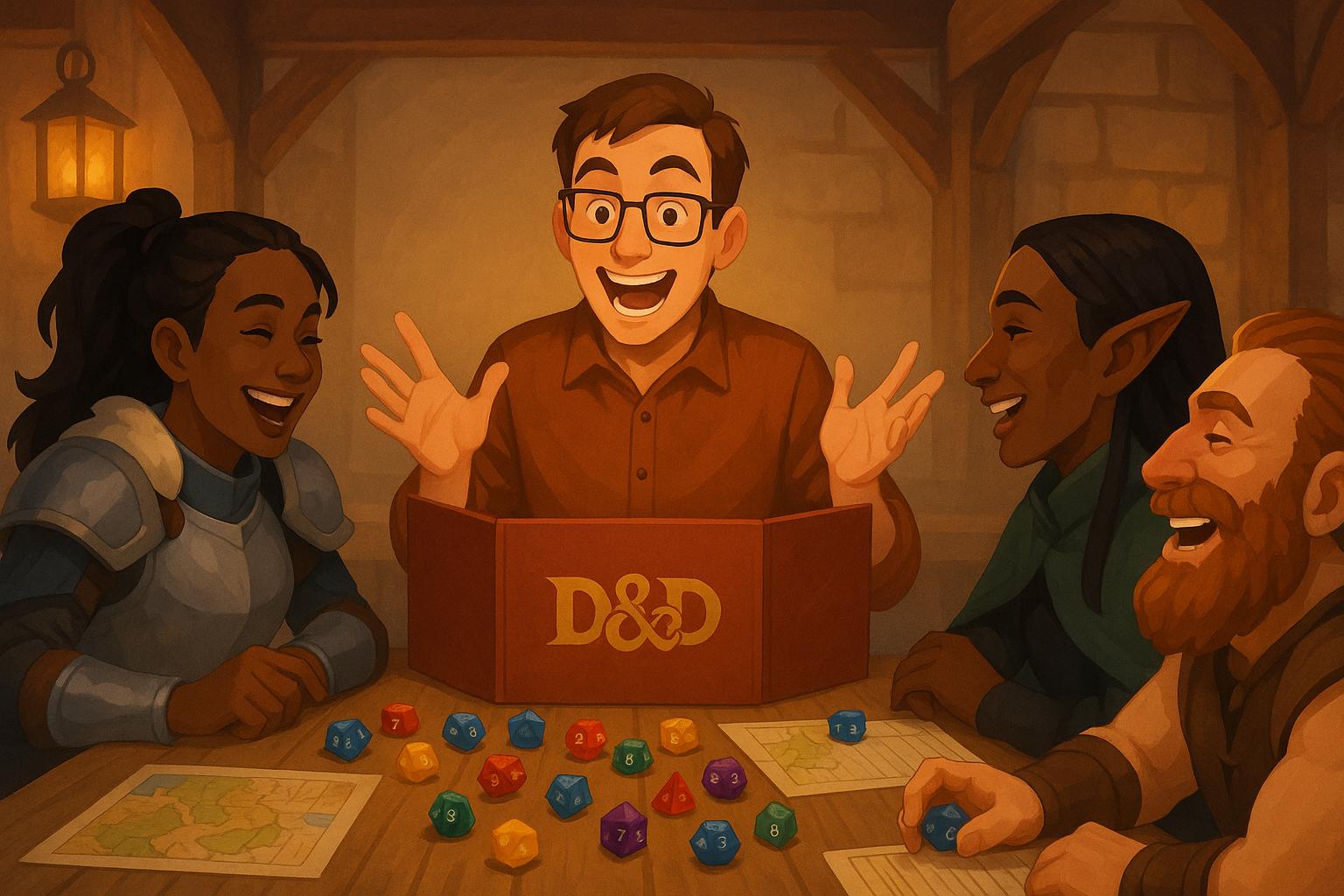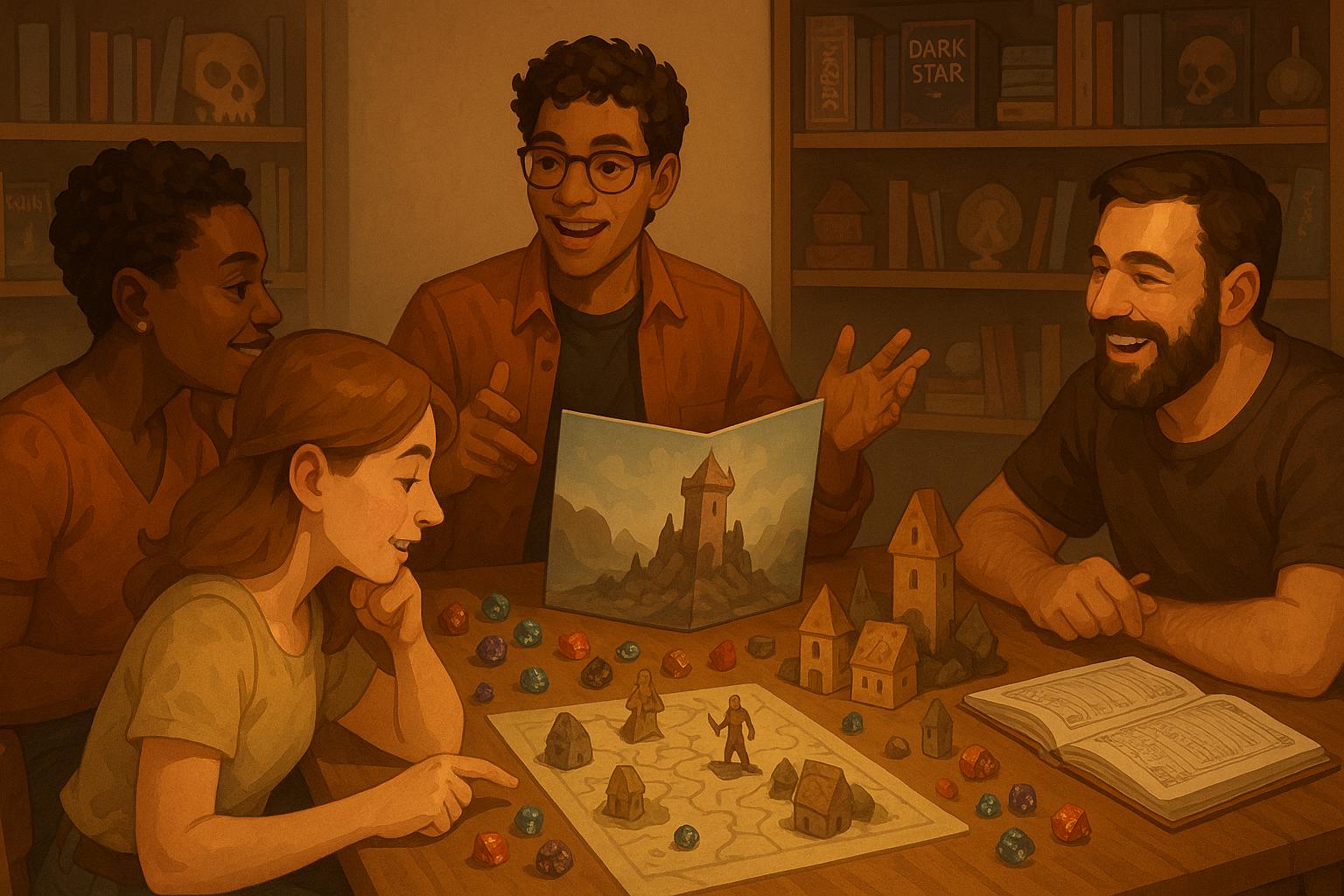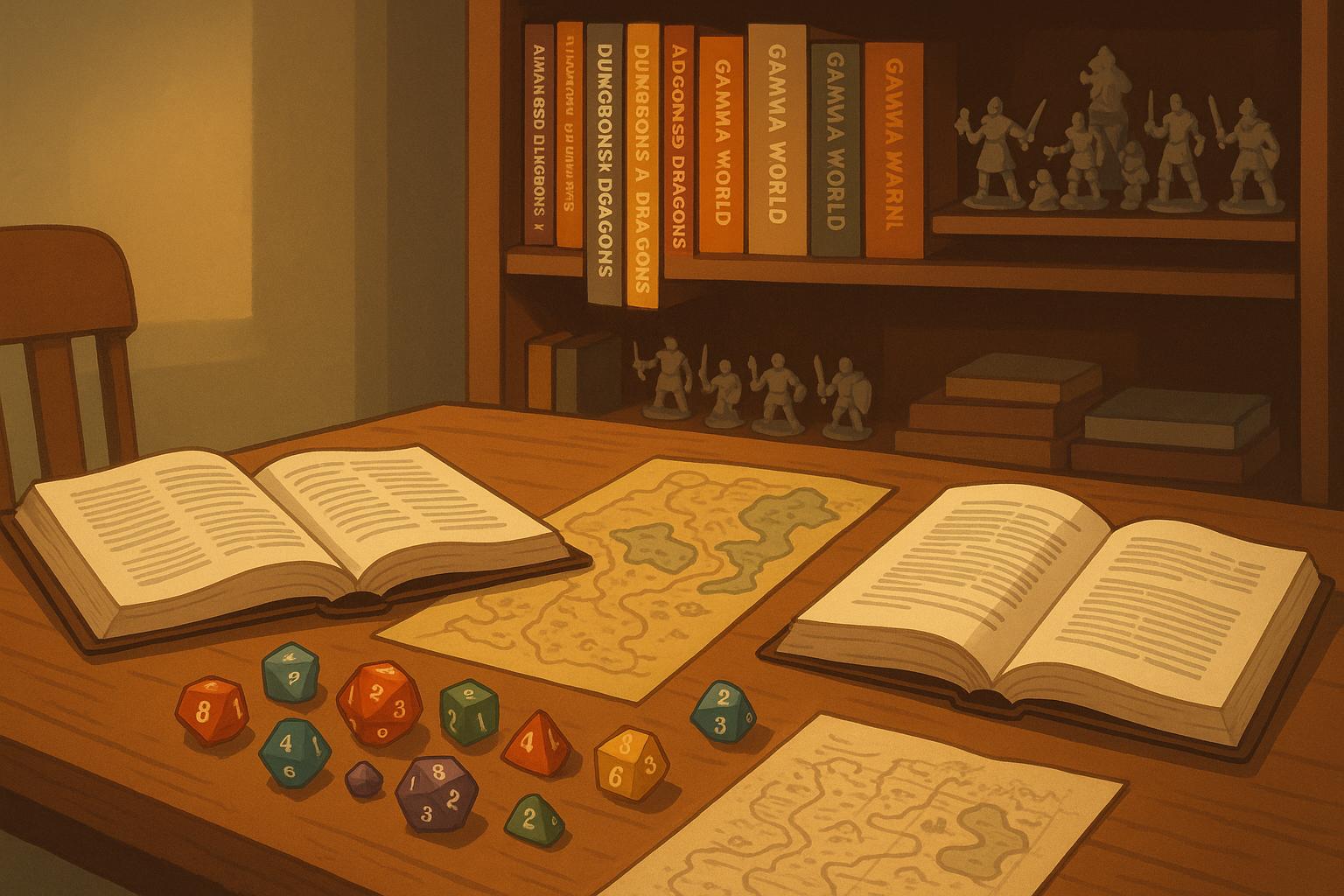Want to create balanced resource systems in RPGs that engage players and encourage strategic decisions? Here's how:
- What Is Resource Balance? It’s about managing in-game resources (like health, mana, or currency) to ensure gameplay feels fair and meaningful.
- Why It Matters: Balanced systems keep games challenging, promote strategy, and prevent any one tactic from dominating.
- Key Principles: Combine player enjoyment with fair numbers, align resources with game progression, and provide meaningful trade-offs.
Quick Steps to Design Balanced Systems:
- Define Core Resources: Identify primary (health, mana), secondary (currency), and strategic (crafting materials) resources.
- Set Objectives: Ensure resources are rewarding to earn and spend while supporting different playstyles.
- Test and Refine: Use player feedback and gameplay data to tweak acquisition rates, scaling, and usage patterns.
The goal? Craft systems where every choice feels impactful while avoiding frustration. Keep reading for a detailed guide on balancing numbers, aligning resources with challenges, and designing fair, engaging gameplay.
How Video Game Economies are Designed
Principles of Designing Balanced Resource Systems
Designing resource systems that are engaging and effective requires balancing measurable metrics with player experience. A strong system not only supports enjoyable gameplay but also ensures fairness across all available options.
Balancing Numbers and Experience
Creating balance in resource systems involves more than just crunching numbers. While numerical balance ensures statistical fairness, player experience determines how enjoyable and satisfying the system feels.
- Qualitative balance is about how resources feel during gameplay - are they fun and rewarding to use?
- Quantitative balance focuses on the numbers - ensuring resources are distributed and used fairly.
To create a system that works on both levels, designers need to examine gameplay data and listen to player feedback. Combining these insights helps refine systems that are both mathematically sound and enjoyable to interact with.
Designing Fair Choices for Players
Resource systems should give players meaningful decisions with clear pros and cons. Each option needs to feel distinct, offering unique benefits and trade-offs that make sense within the game’s world.
| Aspect | Goal | How to Achieve It |
|---|---|---|
| Viability | Make all options useful | Design resources to excel in specific scenarios |
| Trade-offs | Encourage thoughtful decisions | Balance short-term benefits against long-term rewards |
| Progression | Keep options relevant over time | Ensure resources scale with the game's advancement |
Aligning Resources with Game Challenges
Resource systems should evolve naturally alongside the game’s difficulty curve. This means ensuring resources are available, balanced, and appropriately scaled as players progress.
Monitor how players interact with resources at different stages of the game. If players consistently struggle or find certain points frustrating, it may signal a mismatch between the resource system and the game’s challenges.
The secret to a great resource system? Continuous testing and tweaking. Use player feedback and gameplay data to fine-tune systems, addressing both numerical issues and player satisfaction. This ensures the system supports - not hinders - the overall gaming experience.
sbb-itb-b8b00a5
Steps to Design Balanced Resource Systems
Designing resource systems that feel fair and engaging takes a thoughtful approach. It’s about planning carefully and fine-tuning over time. Here’s a step-by-step guide to get it right.
1. Identify Core Resources
Start by defining the key resources in your game. These might include:
- Primary resources like health or mana that directly impact gameplay.
- Secondary resources such as currency or experience points that drive progression.
- Strategic resources like crafting materials or ammunition that encourage tactical decisions.
Each resource should serve a clear purpose. For example, in an RPG focused on spellcasting, mana becomes essential. Balancing its availability and usage will directly influence gameplay and player satisfaction.
2. Set Objectives for Resource Use
Clearly outline how resources should be acquired, used, and how they affect the game. Resources should:
- Be earned at a pace that feels rewarding.
- Provide noticeable benefits when spent.
- Impact player choices and outcomes in meaningful ways.
Also, design for different play styles. Some players might prefer hoarding resources, while others take risks by spending them aggressively. Once these objectives are set, thorough testing ensures they work as intended.
3. Test and Refine Resource Systems
Testing is where theory meets reality. Use both data and player feedback to evaluate how resources perform. Track metrics like acquisition rates, usage patterns, and progression speed. Pair this with insights from playtesting to see how players interact with the system.
Make adjustments in small steps to fix balance issues without creating new problems. For smaller teams, running closed beta tests can provide helpful statistics and feedback [1].
Keep in mind that balance is an ongoing process. As players discover new strategies, you’ll need to tweak the system to keep gameplay smooth and challenging.
Resources for Balancing Resource Systems
Creating balanced resource systems isn't just about imagination - it also requires the right tools and references to guide the process. Here's how to make the most of key resources.
TTRPG Games Directory

The TTRPG Games Directory is a helpful resource for studying resource system design. By diving into this directory, designers can:
- Examine how resources are distributed.
- Compare mechanics across different types of games.
- Spot strategies that work well for balance.
- See how resources interact with other game elements.
Using Design Documents
Design documents are powerful tools for organizing and tracking the development of resource systems. A strong document should cover the following:
| Section | Purpose | Key Elements |
|---|---|---|
| Resource Overview | Define core systems | Resource types, interactions, acquisition methods |
| Balance Parameters | Set measurable goals | Target values, target ranges, scaling factors |
| Testing Framework | Guide evaluation | Test scenarios, success criteria, feedback loops |
| Iteration Log | Track changes | Adjustments made, results observed, player feedback |
"Game balance is the experience, not the options. It's a state of equilibrium, not a check box on a list." [2]
For smaller teams, especially those without a dedicated QA team, design documents are even more important. They ensure consistency during closed beta testing and act as a reliable reference for making balance adjustments [1].
Key Points for Resource Design
Creating balanced resource systems is all about crafting meaningful player experiences through careful design. The best systems focus on engaging player choices, adding strategic depth, and continuously improving while steering clear of irrelevant options or mechanics that can be exploited.
Resource systems need to strike a balance between being challenging and manageable. They should push players to think strategically without causing frustration. This requires attention to both how the resources feel to use and how they function quantitatively.
Here are three essential aspects of effective resource systems:
- Player Experience: Resources should feel satisfying and contribute positively to gameplay rather than becoming obstacles.
- Strategic Value: Each resource should have a clear purpose and allow for creative uses and combinations.
- Iterative Design: Achieving balance means ongoing testing, adjustments, and incorporating player feedback.
When designing resource systems, it's important to consider:
- Striking the right balance between scarcity and availability
- Offering meaningful trade-offs that support various playstyles
- Scaling resources in line with game progression
- Actively collecting and applying player feedback
The goal is to create systems that deliver enjoyable experiences, maintain fairness, and encourage impactful decisions. By mastering these elements, game designers can craft systems where every choice feels rewarding and enhances the player's journey.
| Focus Area | Goal | Implementation |
|---|---|---|
| Player Experience | Engagement | Build intuitive, rewarding systems |
| Balance | Fairness | Ensure consistent power levels |
| Strategy | Impact | Develop meaningful decision points |


